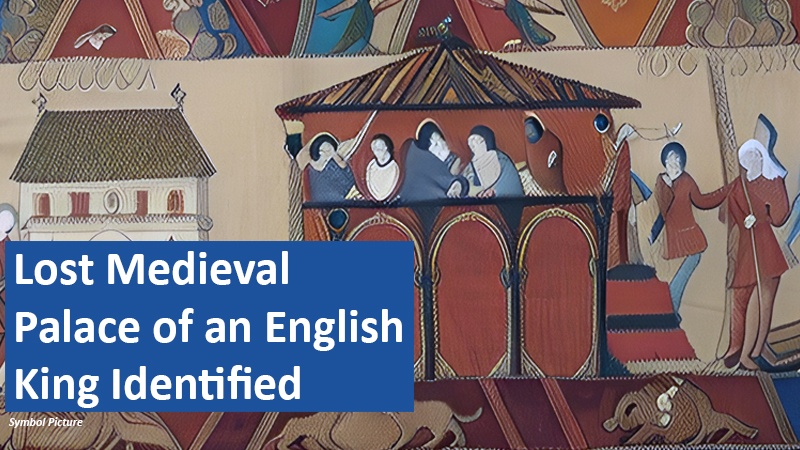
For centuries, historians speculated about the final residence of England’s last Anglo-Saxon king. The famous Bayeux Tapestry depicted Harold II feasting in a grand hall and visiting a church, but its exact location remained unknown. Now, researchers have confirmed that his estate once stood in the village of Bosham, England, uncovering rare traces of Anglo-Saxon aristocracy.
Limited-time Amazon deals – don’t miss out!
A Landmark from the Bayeux Tapestry Comes to Life
King Harold Godwinson, the last Anglo-Saxon ruler of England, was defeated and killed in the Battle of Hastings in 1066. His campaign against the Norman invasion, led by William the Conqueror, is chronicled in the Bayeux Tapestry, a 68-meter-long medieval artwork that details key moments from his reign. Among the tapestry’s many scenes, Harold is depicted visiting a church and dining in an extravagant hall—both believed to be within his private estate.
The village of Bosham in West Sussex has long been associated with Harold, but historians were unable to pinpoint the exact site of his residence. A 17th-century house now stands where many suspected his medieval estate once existed. However, no definitive evidence had been found—until now.
Archaeological Evidence Confirms the Royal Estate
A research team led by David Gould of the University of Exeter recently reexamined excavation records and surveyed the surrounding area. Using medieval maps, historical documents, and new archaeological analysis, they identified the remnants of additional structures in Bosham, previously unknown to historians.
The findings suggest that Harold’s feasting hall was not an isolated building but part of a larger complex, including a church that still stands today. In a significant discovery, researchers also confirmed that a latrine—previously unearthed at the suspected site—was part of an elite residence. Anglo-Saxon rulers were among the few to incorporate dedicated latrines into their estates, reinforcing the conclusion that the site belonged to Harold himself.
A Rare Glimpse into Anglo-Saxon Nobility
Senior researcher Duncan Wright from Newcastle University emphasized the importance of this discovery, stating that the site’s historical significance is now “beyond reasonable doubt.” The Norman conquest largely erased physical remnants of Anglo-Saxon aristocracy, replacing their estates with castles and fortresses. This makes the Bosham site an extraordinary find—a preserved example of an elite pre-Norman noble residence.
Unlike their Norman successors, Anglo-Saxon rulers did not favor castle fortifications. Instead, they lived in enclosed manorial complexes, often featuring grand halls and adjacent churches or chapels. Historians estimate that nearly 1,000 such estates existed before the conquest, though most have vanished without a trace.
What Can Future Research Reveal?
With Harold’s estate now identified, researchers hope to uncover additional Anglo-Saxon noble residences across England. However, their efforts are complicated by the lack of visual records—aside from the Bayeux Tapestry, no contemporary illustrations of these estates exist.
The identification of King Harold’s residence in Bosham provides a rare glimpse into the lost world of Anglo-Saxon aristocracy. This discovery confirms details from the Bayeux Tapestry and challenges long-held assumptions about pre-Norman noble estates. As further research continues, more hidden traces of England’s early rulers may yet come to light.
Could similar elite residences be hiding beneath England’s modern landscapes? What new insights could further excavations reveal about Anglo-Saxon nobility? Share your thoughts in the comments!
Based on content from www.scinexx.de and own research.